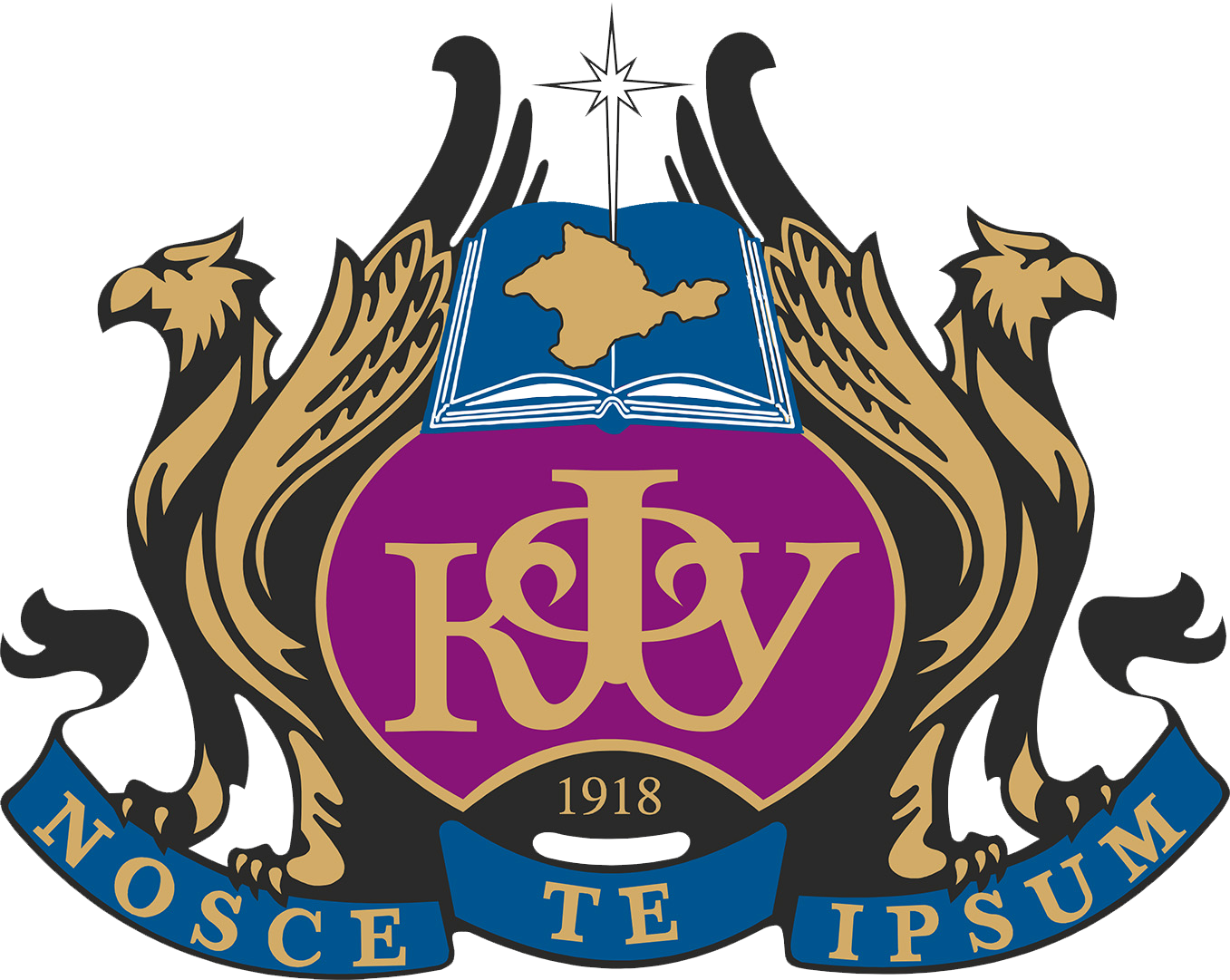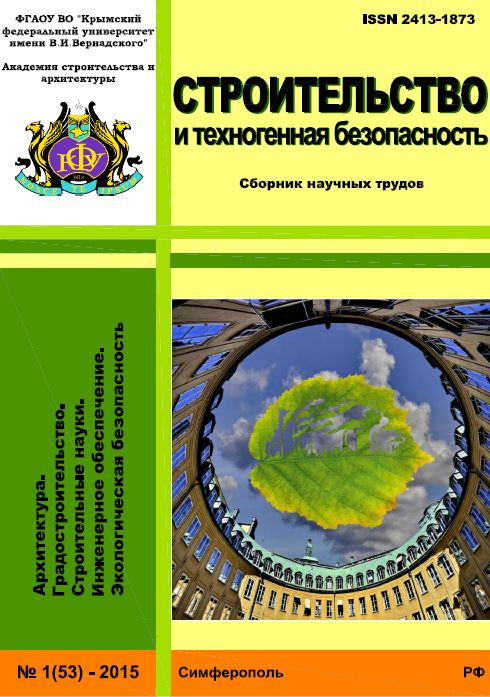The thermal state of the surfaces of the architectural object "mirror cube" was investigated by calculation, analysis and experiment. It is a volume measuring 20x20x20 m, made in a soil massif so that its upper edge is an opening on the soil surface, the side walls of the "cube" are designed as mirror-reflecting surfaces, and the bottom of the cube is a concrete platform. The upper edge of the cube is open to direct solar radiation and air exchange of the cube volume with the surrounding atmosphere, and the mirror-reflecting side surfaces of the "cube" are multilayer panels fixed to its concrete side surfaces. The architectural object is located on the southern coast of Crimea in the area of the village of Foros. Subject of research: The subject of research is the thermal conditions of spaces in front of facades that reflect solar energy. Materials and methods: Results: It has been established that the maximum temperature values on the glass surface of the "cube" mirror walls can reach 200ºC for a short time. Due to direct and reflected solar radiation, the lower layers of the "cube" side faces are in the worst temperature conditions, and the concrete surface of the floor is the hottest. Local overheating of the glass surfaces of the lower tiers of the "cube" walls is the main reason for the violation of the integrity of the mirror panel adhesive layer of the walls. Conclusions: In addition to convection, the lower layers of the cube faces are in the most difficult conditions, since they receive the greatest amount of direct and reflected solar thermal energy from adjacent faces. The concrete floor surface is the hottest, since it receives direct and three reflected radiation and has the lowest reflectivity.
solar radiation, reflected radiation, mirror reflecting surface, convective heat flow, concentration of thermal radiation, architectural object
1. Internet resurs https://www.ixbt.com/live/travel/neboskreb-kotoryy-plavit-avtomobili-i-sbivaet-lyudey-s-nog-istoriya-proekta-walkie-talkie.html
2. Podgornyy A.L. Poverhnosti otrazhennyh luchey // Prikladnaya geometriya i inzhenernaya grafika. Kiev. «Budivel'nik», 1975. – Vyp. 20. S.13 – 16.
3. Dvoretsky A.T. The special points of reflected beam surfaces // Prikladna geometrіya ta іnzhenerna grafіka. – Kiїv. KNUBA, 2002 – vip. 70. – S. 208-213.
4. Sergeychuk O.V. Geometrichna komp’yuterna model' ”Atmospheric Radiation” dlya energoefektivnogo budіvnictva// Energosberezhennya v budіvnictvі ta arhіtekturі. .-Kiїv:-2011 -vip. 1.- C 22-28.
5. Dvoreckiy A.T., ZavaliyA.A., Spiridonov A.V., Shubin I.L. Ocenka insolyacionnogo rezhima zerkal'nogo zala unikal'nogo zdaniya Svetotehnika. №2, 2022, S. 17-21.
6. Kutateladze S.S. Osnovy teorii teploobmena. – Izd. 5-e pererab. i dop. – M.: Atomizdat, 1979. 416 s.
7. Isachenko V.P., Osipova V.A., Sukomel A.S. Teploperedacha. Uchebnik dlya vuzov. Izd. 3-e, perarb. i dop. – M.: Energiya, 1975. 488 s.
8. Keys V.M. Konvektivnyy teplo- i massoobmen. Per. s angl. – M.: Energiya, 1972. 448 s.
9. Matrynenko O.G., Sokovishin Yu.A. Svobodno-knvektivnyy teploobmen. Spravochnik – Minsk: Nauka i tehnika, 1982. – 400 s.





